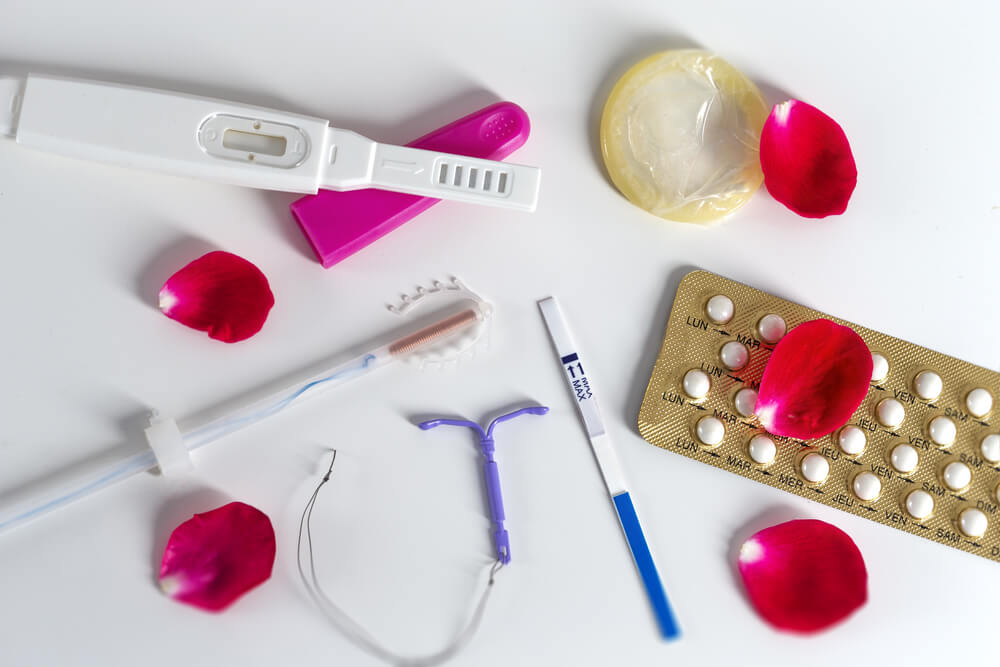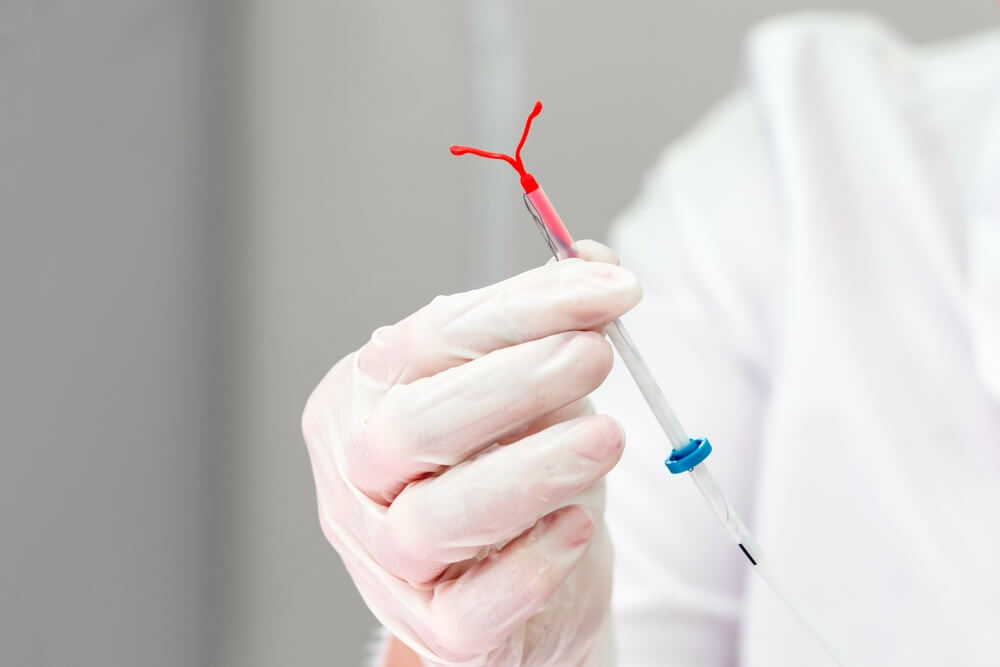Birt control or contraception are different devices or compounds that help prevent pregnancy. There are several available birth control options, and apart from pregnancy control, they typically have one more thing in common: they are only effective when used correctly.
Finding the most effective birth control options (and the safest) that will also suit your lifestyle and personal needs require you to make an informed decision about their usage, benefits, and possible drawbacks. If you are sexually active and seek the expert advice of a gynecologist in Miami, Florida, feel free to reach out to our experts at South Miami OBGYN Associates.
Until then, you can refer to this comprehensive blog post, discussing all available birth control options.
What Are The Best Birth Control Options?
As mentioned above, the best and most effective birth control methods will differ for everyone. The following factors are only a few that you should consider before making a decision:
- Ease of use
- Overall effectiveness with the correct use
- Your overall health and age
- Pregnancy plans
- Associated risks of unwanted side effects
- Level of protection against sexually transmitted diseases
- Privacy
- Number of partners and frequency of having intercourse
- Other “perks” like having more predictable cycles or lighter periods.

How Do They Work?
Based on their type, birth control options will work differently. Some of the ways include:
- Preventing the ovaries from releasing eggs
- Preventing the sperm from reaching the egg
- Damaging the sperm so it won’t swim to the egg
- Thickening the cervical mucus stopping the swimming sperm
- Decreasing the thickness of the uterine lining prevents the egg from implanting itself.
The Most Effective Form of Birth Control
Without a doubt, the single most effective way to prevent pregnancy is abstinence or refraining from sexual intercourse. Still, this can be difficult for most couples to maintain; thus, they opt for birth control instead.
And as mentioned above, the method’s effectiveness will mostly depend on whether it’s used consistently and correctly. To that end, birth control options are more convenient and effective, requiring little maintenance (such as implants, IUDs (intrauterine devices), and in more extreme cases, sterilization.
When touching bases on effectiveness and the safest form of birth control, some experts recommend using two different methods simultaneously. For example, using birth control pills and condoms. This way, condoms also protect against STDs, and together with the pills, protection against pregnancy is even more effective.
Below, we’ll go over each form of birth control and discuss its main characteristics and benefits.
Barrier Methods
These include the following:
Condoms
These thin coverings are usually made of plastic, latex, or lambskin. People rill it over an erect penis, and the covering will prevent semen from entering the vagina. They are easy to use but can rip easily, which makes them less effective than most other methods. Still, they are among the easiest to purchase, and they protect from STDs and pregnancy in 85% of cases when used from the beginning of penetration and if they don’t rip.
Spermicide
These cream, gel, or suppository options prevent sperm from reaching the egg. Spermicides contain sperm-damaging chemicals and must be used as directed to be effective. Women should place these compounds inside their vagina around 15 to 30 minutes before intercourse, and they will be effective for around an hour before needing to reapply it. These are around 70% effective when used alone but can be extremely effective with other barrier or non-hormonal birth control options. On the flip side, spermicides don’t offer protection against STDs.
Vaginal Diaphragms
Women place These reusable, dome-shaped cups inside their vaginas to prevent pregnancy. These non-hormonal birth control devices can block the sperm from entering the uterus and must be used with water-based spermicides or contraceptive gels.
Cervical Caps
These are thimble-shaped non-hormonal birth control devices made from soft rubber or silicone. They fit over the cervix snugly. Before use, they should be coated in spermicide and then inserted up against the cervix in the vagina. It can be kept in place for around 48 hours. It can be around 78% to 85% effective.
Female Condoms
These are plastic, lubricated tubes with flexible rings on each end, and one end of the tube will be closed. The condom should be inserted into the vagina before use and will block the sperm from entering the uterus. These are relatively easy to use and easy to buy. Still, they are less effective at providing protection from STIs when compared to male condoms.
Sponges
These are donut-shaped small devices with spermicide in them. They should be wetted with water and then placed into the vagina. Sponges can be effective, but they are associated with vaginal infections and don’t protect against STDs.
Hormonal Birth Control Devices
Birth Control Implants
Nexplanon can be best described as a small rod. Your provider will put it under your skin in your upper arm, delivering a steady stream of progestin, lashing for three years. This is a prescription implant, and you need to consult your provider before getting it. Implants are nearly 100% effective but can cause some unwanted side effects.
Hormonal Contraception
These can be patches, estrogen-based birth control pills, and vaginal rings. They are all taken to prevent pregnancy. More specifically, rings are inserted once a month, the patch should be changed weekly, and the pill should be taken daily. They all prevent ovulation, and they can be effective, especially when used correctly and combined.
Birth Control Shots
Usually referred to by their brand name, Depo or Depo-provera, these compounds thicken the cervical mucus and stop the user from ovulating. These are injections and provide pregnancy protection for up the three months. Your provider must prescribe them, and they can be 99% effective.
IUDs
Intrauterine devices are small, T-shaped devices that are inserted into the uterus to prevent pregnancy. They have hormonal variants, while others are made of copper. The latter prevents the sperm from reaching the egg, while hormonal IUDs thicken the cervical mucus and thin the uterine lining.
They are long-lasting birth control that can be used for years without significant maintenance. They are also close to 100% effective.

Mini Pills or Progesting-Only Pills
As the name suggests, these pills contain only progestin, and they work by thickening the cervical mucus, preventing sperm from reaching the egg. To maximize their effectiveness, the pills should be taken at the same time every day.
Exploring Every Option With Trained Experts
Apart from the methods and devices above, there are also emergency contraception, natural birth control methods, and sterilization options. Going through every single method and device in detail may take up quite a lot of time, and some readers may find the options overwhelming and confusing.
As such, if you’d like to learn more about every option or only a few but in more detail, feel free to schedule an appointment with our professionals. Together, we’ll find the contraception method that best suits your needs and lifestyle.




